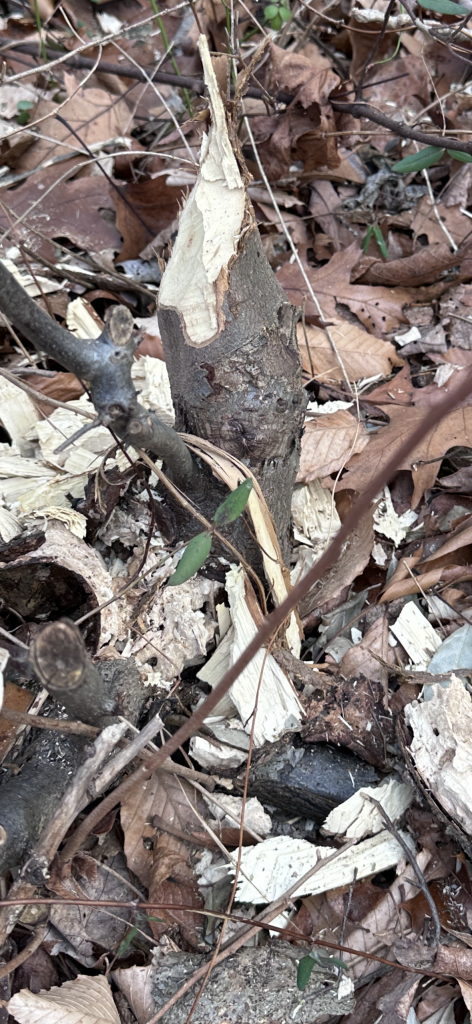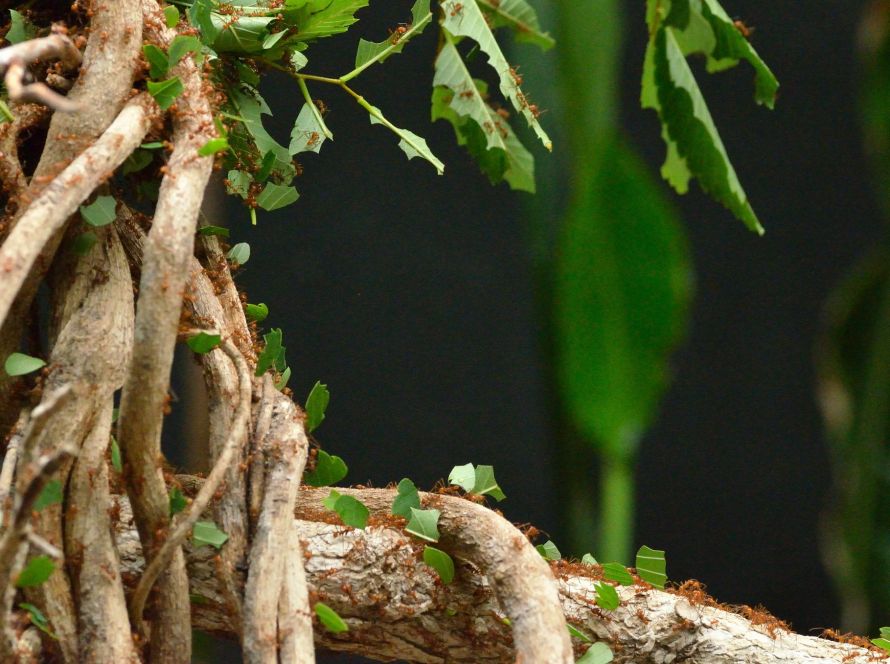I live near.a lake. Not a real lake, that is, because I live in Maryland, and while we get to boast being home in large part to the Chesapeake Bay along with being a coastal, albeit a small one, state, we have no naturally formed lakes.
What we do have are a number of storm water management ponds that if large enough — and especially if wrapped by a pedestrian path around its edges — we call “a lake.”
I walk around this near-to-my-home lake and its convenient pedestrian path quite a bit. (Well, truth be told, more in fits and bursts and hardly with any regularity), but I walk around it in all seasons. Last winter, after a light snowfall, I noticed a number of beaver-gnawed tree stumps near my home.
“Beavers! I’ve never seen a beaver in Maryland, nor a beaver dam,” I thought to myself. But, lo and behold, here were these small tree stumps gnawed on by some large rodent, most likely a beaver. It seemed to be reasonable evidence that beavers lived nearby.
Then this fall, as the green of summer started to die back, I noticed a few more freshly gnawed small tree stumps. But where were they? Where did these beavers live?
I’d scan the lake’s edge as I did my 1.9-mile loop around the lake, looking for signs of their dam, but I never saw anything. … Until a few days ago. Right after the Winter Solstice. Right when the green of summer and the red and yellow and orange of fall all faded to brown and gray.
There it was, clear as day: the dam, their home. As I took a few steps closer to it, I saw something moving in the water. Lo and behold, it was a beaver. It was breaking ice to keep an opening in the frozen water’s surface.

Beavers been here.

They live.

Groovy ice stuff.

Ice stalagmites under a dock.





